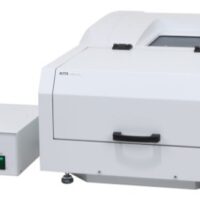For the polarimetry, a sodium (Na) lamp, mercury (Hg) lamp, halogen (WI) lamp, and LEDs can be used as light sources. The features of each are described below.
Sodium lamp
A sodium (Na) lamp produces strong sharp emission lines (so-called D-lines) at 589.6 and 589.0 nm, and no emission at other wavelengths. In recent years, other light sources have been used, and even the 17 Japanese Pharmacopoeia stations permit the use of light sources other than Na. There is an annotation that states "If a light beam with a wavelength close to that for a Na D-line can be obtained using an appropriate interference filter, a continuous light source such as a xenon lamp can be used as an alternative." In other words, to use other light sources, they should provide results equivalent to those for a Na lamp, which is accepted as the standard.
Reference: The 17th revision Japanese Pharmacopoeia Technical information JPTI2016
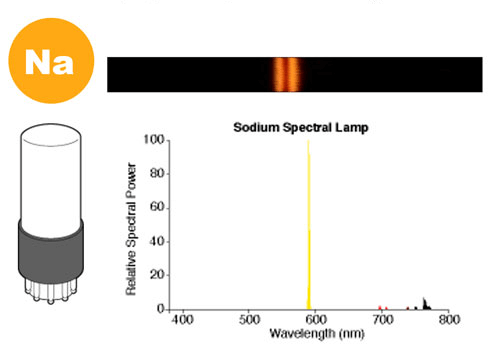
Mercury lamp
Mercury (Hg) lamps have been used as light sources for polarimetry because they produce many emission lines from the ultraviolet to the visible region. It is possible to perform measurements at 253, 280, 296, 302, 313, 334, 365, 405, 436, 546, 578 nm in combination with appropriate optical filters.
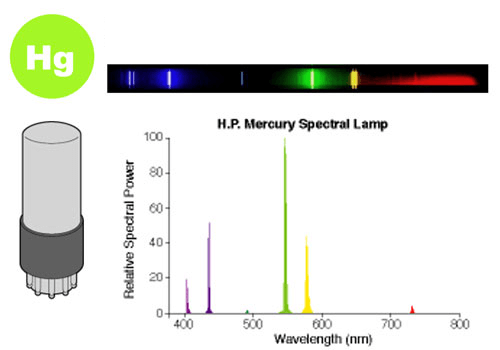
Halogen lamp
A halogen (WI) lamp emits over a continuous range of wavelengths, and it is possible to select the desired wavelength using a filter. However, measurement errors due to the transmission characteristics of the filter, that is, the difference between the center wavelength of the filter and the wavelength obtained by the bright line, cannot be avoided. As an example, Table 3 shows the optical rotation for pirarubicin measured with a Na lamp and a WI lamp. The same measurement at 589 nm shows different values for the specific rotation using the two light sources. The result for the WI lamp is due to the large change in the specific rotation within the transmission wavelength range of the filter, as shown in Fig. 18.
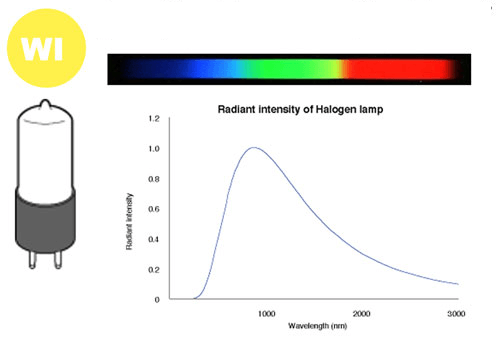
Table 3 Difference between Na lamp and WI lamp
| Light source | Optical rotation [deg] | Specific rotation [deg·cm2·dag−1] |
| Na lamp | +0.2066 | [α]D20 : +206.6 |
| WI lamp | +0.1967 | [α]58920 : +196.7 |
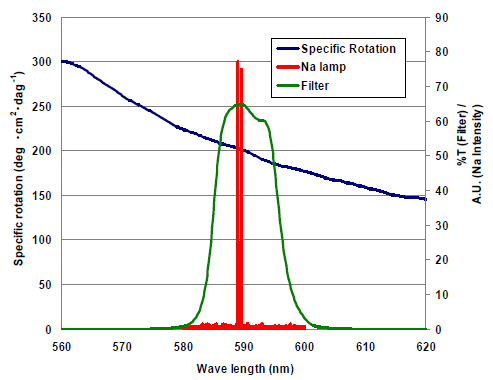
Fig. 18 Difference between Na lamp and WI lamp
Blue: Specific rotation for pirarubicin
Red: Na lamp
green: WI lamp + filter
LED
LED light sources have a wider emission wavelength range than a bright emission line or a laser. However, they have a long service life, generate little heat, and stabilize immediately when turned on. The improved performance of interference filters has made it possible to measure at selective wavelengths. However, as shown in Fig. 19, the peak position for an LED and the selected wavelength of a filter do not match. The insert shows that the half-width of the extracted light is wide and the shape is irregular. This causes an error in optical rotation measurements.
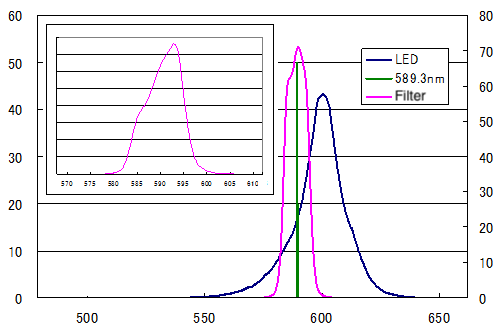
Fig. 19 Emission spectrum of LED light and selectivity of bandpass filter. The insert shows a comparison of the emission around 589 nm from an LED and a bandpass filter





